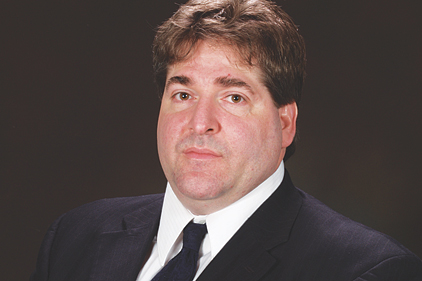
|
| Joe Marchese |
Any time an oil pressure control shuts down a compressor, the cause of the shutdown must be identified. The tripped control is a warning of another existing problem. Simply resetting the control will not solve the problem. More than likely, the oil pressure control will trip again. The true cause of the oil pressure trip needs to be identified. This will require inspecting the complete system and perhaps monitoring the system over a period of time to determine the true cause.
Oil Level
The first place to inspect is the oil level of the compressor’s sight glass. If the oil is below the glass, did the oil leak out of the system or is it trapped out in the system? More than likely, the oil is trapped out in the system and simply adding oil to the compressor will likely do more harm than good. It is possible for the oil loss to be the result of a major refrigerant leak, but if the system still has a refrigerant charge, the oil must still be in the system.
A common location in which the oil may be trapped is in either the suction line or in the evaporator. If oil has become trapped in the evaporator, warming of the evaporator may help to return the oil to the compressor. This can easily be done on low-temperature systems with defrost controls. Initiate one or several defrost cycles to warm the evaporator to aid in returning the oil back to the compressor.
Piping
Poor piping practices can lead to poor oil return. The suction line should be sloped toward the compressor, normally using a pitch of ½-inch per 10 feet of run. Systems designed with the compressor located above the evaporator may require a trap or traps to be installed in the suction line to facilitate oil return. If traps are required, the normal recommendation is to install a trap at the base of a suction riser with additional traps every 20 feet of additional vertical lift.
Cylinders
On reciprocating refrigerant-cooled semi-hermetic compressors, if the oil level in the sight glass seems adequate, the issue may be worn cylinders caused by operating the compressor at excessive temperatures. The worn cylinders can cause refrigerant to blow by the pistons and pressurize the compressor’s crankcase. The excessive pressure in the crankcase will prevent the oil from returning. This problem may be found by attaching a gauge manifold to the crankcase and the suction service valve. With the compressor operating, slowly start front-seating the suction service valve. The gauges should show both falling at an equal amount until the valve is fully front-seated. The point at which the crankcase gauge stops falling is proof that the crankcase is being excessively pressurized by the worn pistons.
Remember, the next time an oil pressure control trips, do not simply reset the control and walk away. Inspect the entire system and look for the root cause of the problem. This will prevent repeat return visits to the job to eventually find the true cause of the oil pressure trip.
Publication date: 1/6/2014
Want more HVAC industry news and information? Join The NEWS on Facebook, Twitter, and LinkedIn today!



Report Abusive Comment